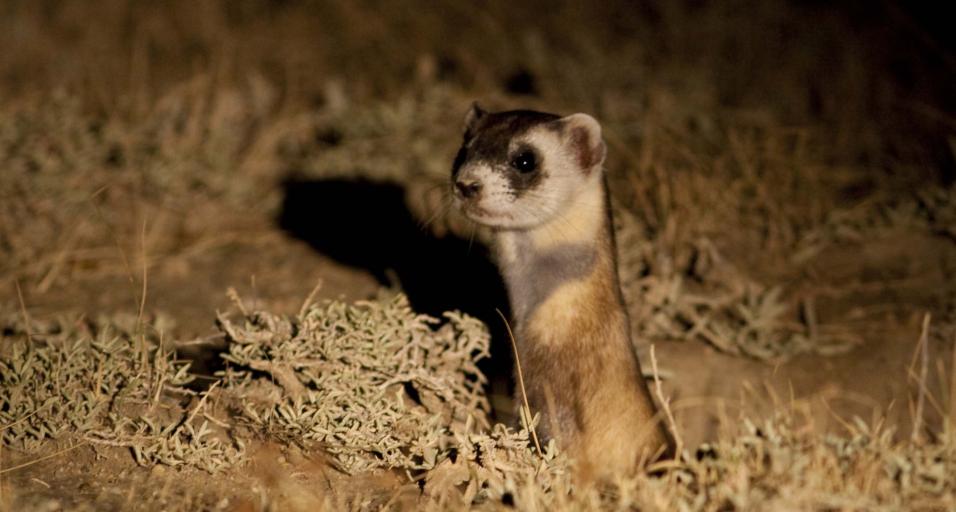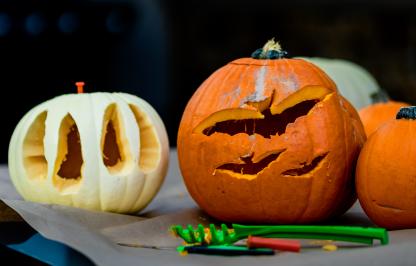Black-footed ferrets, which were once thought to be extinct, are headed back to the place where they were rediscovered. Two ranch owners near Meeteetse, Wyoming are supporting ferret recovery by hosting a release of 35 ferrets born at the Black-Footed Ferret Recovery Center. Those two ranches, the Lazy BV and Pitchfork, are where the last wild ferrets were found in 1981. Today, the U.S. Fish and Wildlife Service announced that Wyoming will receive 35 black-footed ferrets. The Wyoming Game and Fish Department is planning to release those ferrets in July.
“It is incredibly exciting for us to be putting ferrets back in a location where we found an animal we thought was extinct. It shows a dedication to conservation and the fact that we have done some excellent work here,” said Scott Talbott, Director of the Wyoming Game and Fish Department. “It’s a landmark moment to return this species back to Meeteetse.”
To prepare for the release, five Animal and Plant Health Inspection Service (APHIS) biologists and field specialists will apply insecticide to prairie dog burrows at the site to kill fleas that transmit sylvatic plague. This includes several thousand acres of private and public lands that contain prairie dog colonies.
“Black-footed ferrets and prairie dogs are extremely susceptible to plague. Though great strides have been made to recover endangered black-footed ferrets in the wild, sylvatic plague outbreaks in prairie dogs - the ferret’s primary food source - hamper current efforts,” said Zack Walker, Wyoming Game and Fish Department Nongame Bird and Mammal Program Supervisor.
Last year, a statewide rule was put in place to give landowners assurance they will be able to manage their property without the concern they might break the law by inadvertently harming a ferret.
The 10 (j) rule was adopted by the U.S. Fish and Wildlife Service, with the support of the Wyoming Game and Fish Department, and it creates special provisions to give landowners protection if a ferret is killed during legal activities.
Implementation of the 10(j) rule ensures that the concerns of private landowners and landowners adjacent to reintroduction areas are addressed comprehensively.
The Service and the Wyoming Game and Fish Department founded a successful captive breeding program from those animals, which continues to this day. The black-footed ferret recovery team has released ferrets at 27 sites across the continent. Current numbers in the wild are encouraging, but more reintroduction sites are needed to fully recover the species so that it no longer requires federal protection. The biggest obstacle to ferret recovery today is lack of suitable reintroduction sites, which the 10(j) rule in Wyoming is designed to address.
Learn more about the history of black-footed ferrets through a timeline from Wyoming Game and Fish>
Game and Fish and local landowners bringing black-footed ferrets back to Meeteetse
Wyoming Game and Fish (307) 777-4600



